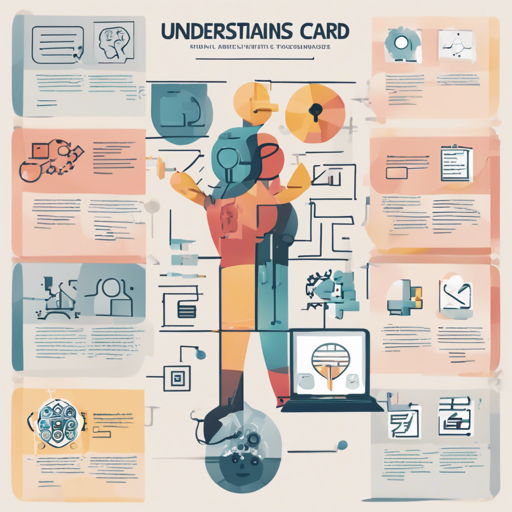In the world of artificial intelligence, every model comes with its documentation that guides users on how to utilize it effectively. This documentation, known as a model card, serves as a comprehensive summary of the model’s capabilities, intended use cases, limitations, and recommendations. In this article, we’ll explore how to create a model card that is user-friendly and informative.
The Essence of a Model Card
A model card provides crucial information not only about the model itself but also about its ethical implications, biases, and potential risks. Think of it like an operating manual for a complex machine—it helps users understand both how to operate it and what to be cautious about.
Model Details
Here’s a breakdown of what to include when detailing your model:
- Model Description: Summarize what the model does and its purpose. For instance, it might be a language processing tool designed to generate human-like text.
- Model Type: Specify the nature of your model (e.g., Transformer, RNN).
- Language(s): Indicate the languages it operates on (if applicable).
- Training Data: Highlight the datasets used for training, ensuring transparency.
Getting Started with Use Cases
There are different ways to utilize the model based on the user’s needs:
- Direct Use: Describe how users can deploy the model as is, without additional training.
- Downstream Use: Explain how the model can be fine-tuned or integrated into larger applications.
- Out-of-Scope Use: Clearly define what the model is not suitable for to prevent misuse.
Addressing Bias and Limitations
It’s paramount to address any biases, risks, and limitations associated with the model. This includes:
- Technical limitations: Are there any hardware or software constraints?
- Sociotechnical risks: How might users interpret the model’s outputs?
Recommendations should follow, guiding the user in mitigating these risks. Ensuring users are informed about potential biases and limitations enhances ethical use of AI.
How to Get Started
Include a clear code snippet or steps that allow users to begin using the model. This makes the transition from learning to application seamless.
code snippet to implement the model hereEvaluation and Impact
It’s essential to evaluate the model’s performance using clear metrics to validate its effectiveness. Discuss the environmental impact too; how much carbon emission comes from using and training this model? This consideration is gaining traction as we look toward sustainability in AI.
Troubleshooting and Support
If you run into issues while working with the model, consider the following troubleshooting tips:
- Ensure that all dependencies are correctly installed.
- Double-check your input data to confirm its format matches the model’s requirements.
- Refer to the specific error messages for guidance on resolving issues.
- For more advanced support, consider reaching out to the community or reviewing the model’s FAQs.
For more insights, updates, or to collaborate on AI development projects, stay connected with fxis.ai.
Conclusion
Model cards are an essential tool for anyone working with AI, facilitating informed use and ethical considerations. Remember that at fxis.ai, we believe that such advancements are crucial for the future of AI, as they enable more comprehensive and effective solutions. Our team is continually exploring new methodologies to push the envelope in artificial intelligence, ensuring that our clients benefit from the latest technological innovations.

